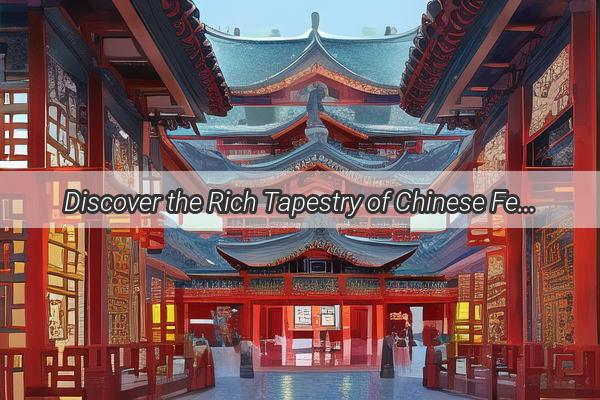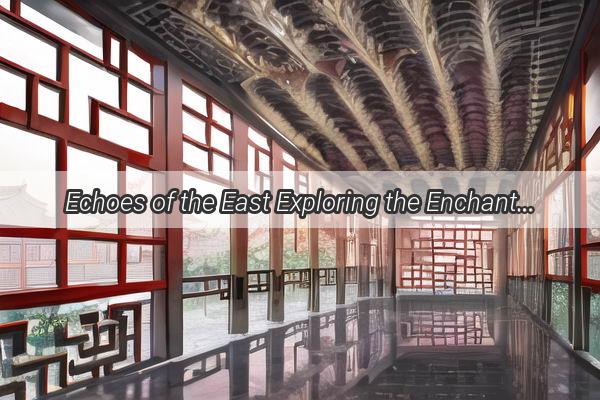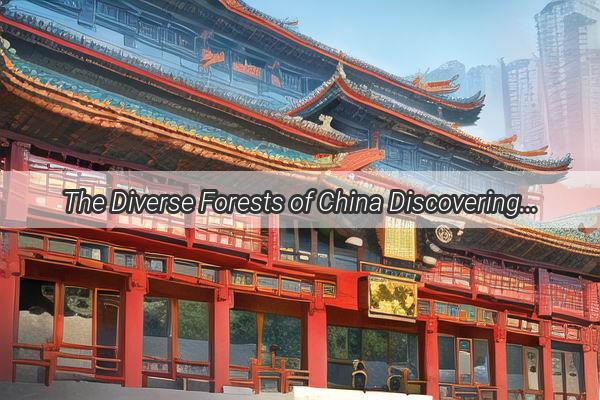Discover the Rich Tapestry of Chinese Festivals A Journey Through Time and Tradition
---
Introduction
China, a land of ancient civilizations and modern marvels, is also a country brimming with vibrant and colorful festivals. Each celebration is steeped in history, tradition, and cultural significance, offering a glimpse into the soul of the Chinese people. From the ancient Spring Festival to the moonlit Mid-Autumn Festival, let's embark on a captivating journey to explore the fascinating world of Chinese festivals.
The Spring Festival (Chinese New Year)
The Spring Festival, also known as Chinese New Year, is the most important and widely celebrated festival in China. Marking the beginning of the lunar new year, it falls on the second new moon after the winter solstice. This festival is a time for families to gather, feast, and pay homage to ancestors. Red lanterns, couplets, and firecrackers are abundant, symbolizing joy, prosperity, and the arrival of good fortune.
The Lantern Festival
The Lantern Festival, held on the 15th day of the first lunar month, marks the end of the Spring Festival celebrations. People gather to admire beautifully crafted lanterns, enjoy mooncakes, and engage in lion and dragon dances. The festival also symbolizes the reunion of family and friends, as well as the brightness of the future.
Qingming Festival
Celebrated on April 4 or 5, the Qingming Festival, also known as Tomb-Sweeping Day, is a time for honoring ancestors. Families visit graves, clean tombstones, and pay their respects to the deceased. This festival also serves as a reminder of the importance of filial piety and the value of life.
Dragon Boat Festival
The Dragon Boat Festival, held on the fifth day of the fifth lunar month, commemorates the poet Qu Yuan, who drowned himself in the Miluo River to protest corruption. To honor his memory, people hold dragon boat races, eat zongzi (sticky rice dumplings), and sprinkle wine on the river to keep evil spirits away.
Mid-Autumn Festival
The Mid-Autumn Festival, celebrated on the 15th day of the eighth lunar month, is a time for family reunions and moon watching. People gather to enjoy mooncakes, a traditional pastry filled with various sweet or savory fillings. The festival also symbolizes harmony, unity, and the beauty of the moon.
Double Ninth Festival
The Double Ninth Festival, held on the ninth day of the ninth lunar month, is a time for honoring the elderly. People often climb mountains, enjoy chrysanthemum flowers, and eat chongyang cake, a traditional pastry made with chrysanthemum petals and honey.

Conclusion
Chinese festivals are a vibrant tapestry of tradition, culture, and history. Each celebration offers a unique glimpse into the soul of the Chinese people, their values, and their way of life. From the ancient Spring Festival to the moonlit Mid-Autumn Festival, these festivals continue to be cherished and celebrated by millions of people around the world. So, why not join in the festivities and experience the magic of Chinese festivals for yourself?




